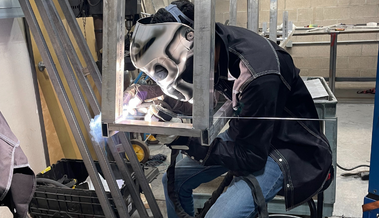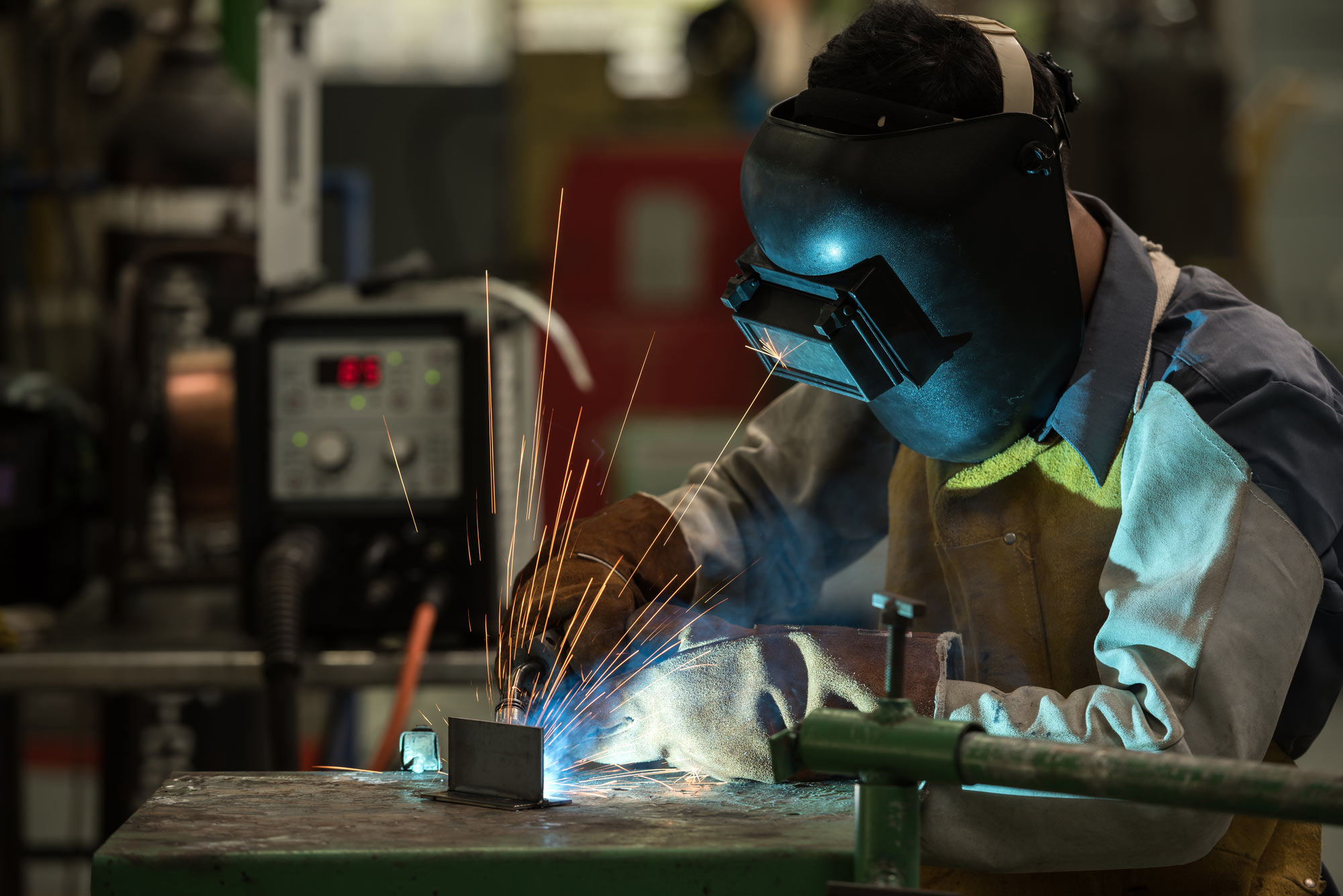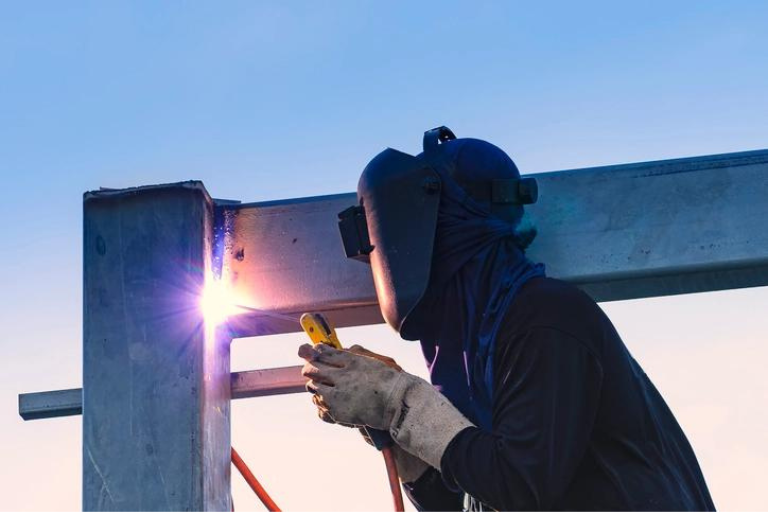
“MIG Welding Techniques for Perfect Joints Every Time”
Introduction
MIG welding, short for Metal Inert Gas welding, has become a staple in the world of metal fabrication. Known for its versatility and ease of use, it is the go-to technique for both amateurs and professionals alike. Whether you're part of a metal fabrication service or looking to enhance your skills at home, mastering the techniques of MIG welding can mean the difference between a mediocre joint and one that is strong and reliable.
In this comprehensive article titled “MIG Welding Techniques for Perfect Joints Every Time,” we will delve deep into the principles and practices that ensure quality welds every time you strike an arc. From understanding welding equipment to learning about safety measures, we will cover everything you need to know.
Understanding MIG Welding
What is MIG Welding?
MIG welding involves feeding a continuous solid wire electrode through a welding gun into a weld pool. The process uses an inert gas, typically argon or helium, to shield the molten weld from contamination. This method allows for deep penetration and high speeds, making it ideal for various applications.
How Does MIG Welding Work?
The mechanics behind MIG welding are relatively straightforward:

When these components come together, they create an electric arc that melts both the wire electrode and base material, forming a joint.
Advantages of MIG Welding
Speed and Efficiency
One of the key benefits of MIG welding is speed. The continuous feed of wire allows for faster work compared to other methods like TIG or stick welding.
Ease of Use
For beginners, MIG welding is often considered more user-friendly due to its minimal setup requirements and straightforward operation.
Versatility in Applications
MIG welders can handle various materials—steel, aluminum, stainless steel—and thicknesses, making them invaluable in different industrial sectors.
Essential Equipment for MIG Welding
Welding Machine
A reliable MIG welder is non-negotiable. Choose one based on your project needs—consider amps and voltage settings tailored for your materials.
Welding Wire
The type of wire used should match your base metal; common choices include ER70S-6 for mild steel or ER4047 for aluminum.
Inert Gas Supply
Typically argon or a mix with CO2; gas type can influence bead appearance and penetration depth.
Personal Protective Equipment (PPE)
Safety should always come first! Essential gear includes:
- Safety glasses
- Gloves
- Welding helmet
MIG Welding Techniques for Perfect Joints Every Time
To nail those perfect joints every time you pull out your welder requires a blend of skill, knowledge, and practice. Here are some key techniques you should master:
Correct Machine Settings
Getting your machine settings right is crucial. Adjust voltage and wire feed speed according to material thickness and type. A good rule of thumb is:
| Material Thickness | Voltage Setting | Wire Feed Speed | |--------------------|----------------|------------------| | 1/8 inch | 18-20 volts | 200-300 IPM | | 1/4 inch | 20-22 volts | 250-350 IPM |
Adjust until you achieve consistent bead width without burn-through.
Proper Gun Angle
Maintain a travel angle of around 10-15 degrees while keeping the nozzle about 1/4 inch from the workpiece. This ensures optimal shielding gas coverage while avoiding spatter.
Travel Speed
Speed affects penetration depth; too fast creates weak joints while too slow may cause burn-through. A steady pace—usually around 5 inches per minute—is ideal for most projects.
Bead Appearance
Inspect beads regularly! An ideal bead will be uniform with no undercutting or excessive spatter.
Common Mistakes in MIG Welding
Ignoring Material Preparation
Clean surfaces are essential! Rust, paint, or oil can compromise weld quality; ensure all contaminants are removed before starting your project.
Incorrect Wire Speed
Too fast can create porosity while too slow leads to excess buildup—both detrimental to joint strength.
Comparing MIG with Other Welding Techniques
While we've focused on “MIG Welding Techniques for Perfect Joints Every Time,” it’s important to understand how this method stacks up against others like TIG welding or arc welding:
-
TIG Welding: Offers greater precision but requires more skill; better suited for thin materials.
-
Arc Welding: Less expensive equipment but slower; often leads to less clean finishes than MIG.
-
Plasma Welding: Ideal for intricate designs but comes with higher operational costs.
Understanding these differences enables you to choose the right technique based on your project requirements!
Safety Measures in MIG Welding
Safety in any form of metal fabrication service cannot be overstated! Here are some critical safety tips:
Being cautious not only protects you but also enhances overall work quality!
FAQs
1. What kind of materials can I weld using MIG?
You can weld various metals including mild steel, stainless steel, aluminum, and even some castings depending on wire selection!
2. Is it easier than TIG welding?
Generally speaking yes! While TIG offers precision benefits—especially on thin materials—MIG's ease-of-use makes it more beginner-friendly.
3. Can I use my MIG welder outside?
Yes! Just make sure there’s minimal wind if you're using shielding gas as it could disperse before reaching the weld pool affecting quality!
4. How do I avoid spatter when using my welder?
Make sure you're using correct settings for voltage/wire feed speed AND maintain proper gun angles during operation!
5. What’s the best way to clean my metals before welding?
Using a wire brush following by degreasing agents like acetone generally works well—but always check material compatibility first!
6. How often should I replace my contact tips?
It depends on usage; however—as a rule—inspect them regularly & replace if they're worn down or damaged!
Conclusion
Mastering “MIG Welding Techniques for Perfect Joints Every Time” opens doors not just in personal projects but also within professional realms such as mobile welding in Phoenix or larger manufacturing settings! By investing time into understanding equipment setups, safety practices, and refining techniques—you’re well on your way toward creating durable structures with unmatched integrity!
Remember—practice makes perfect! Don’t hesitate to experiment with different settings until finding what works best within your specific environment/application needs because when it comes down to quality welds—the details really matter!
